In the arena of natural alternative resources, two towering crops dominate the field. In some ways strikingly different, but with a great deal in common, hemp and bamboo have each risen to prominence in recent decades. And because of their similarities, the temptation to draw comparisons between hemp and bamboo is often irresistible.
Hemp and bamboo are comparable plants for their utility and sustainability. The main difference between bamboo and hemp is that bamboo is a perennial grass while hemp is an annual crop. That means that hemp is planted in the spring and harvested 6 to 8 months later, in the fall. Bamboo, by contrast, grows and matures, year after year. Once bamboo is mature, after about 5 or 6 years, you can harvest full-sized poles every year without having to replant it.
NOTE: This article first appeared in May 2019, most recently updated in May 2024.
Before launching California’s first all-bamboo boutique in 2006, I helped to open and operate two of California’s first hemp stores back in the early 90s. So I’ve had more conversations about the miracles of hemp, the benefits of bamboo and the dangers of pesticide-rich cotton than just about anybody. And I’ve had the pleasure of handling and using more hemp and bamboo products than most anyone I know.
I’ve also had the unfortunate experience of hearing an astonishing number of misconceptions. But one thing is for sure, I never get tired of talking and writing about it. And when I do, the question always comes up: which one is better?
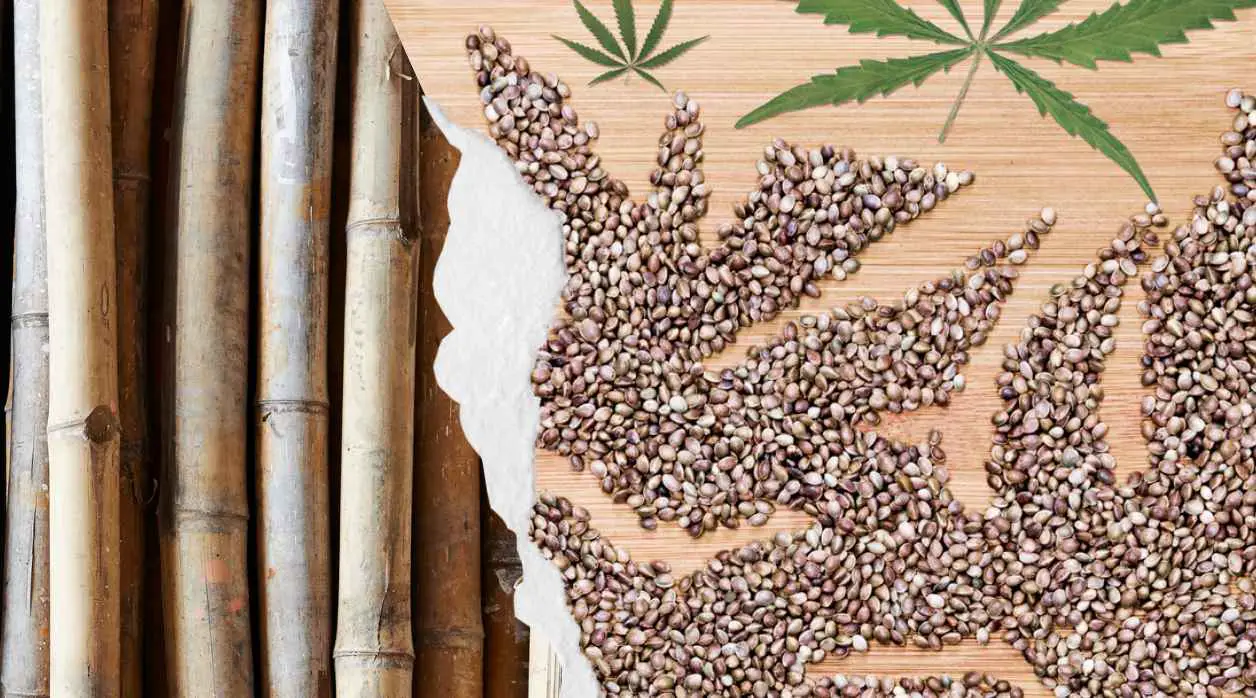
Hemp or bamboo: Which is better?
Proponents of hemp and bamboo have both made some pretty bold and superlative claims over the years. Of course, I share their enthusiasm. But sometimes these claims wander into the territory of exaggeration.
In any case, we hear it said that one is a miracle crop, and one can save the planet. Hemp grows like a weed, and yet bamboo is supposed to be the fastest-growing plant on earth. So which one is better?
It’s not an easy comparison to make, and I’m generally reluctant to do so. At the same time, it is a question that comes up often. And it can make for some pretty interesting conversation. So let’s have a look at some of the benefits and properties of both hemp and bamboo.
We’ll start by examining the colorful history of each plant, followed by a comparison of each plant’s environmental friendliness (sustainability and renewability) and their remarkable versatility.
HISTORICAL PERSPECTIVES
Ancient History
Before we start splitting hairs and sorting fibers, let’s examine the rich and fascinating history of each plant. I’ve heard it said that cannabis hemp was the first non-food crop to be cultivated by man. And I’ve heard the same claim regarding bamboo.
In fact, both plants are edible—hemp for seed and bamboo for tender young shoots—but this wasn’t the primary reason for their cultivation. Rather, its their versatility and ease of use that made them so desirable.
Like many so many things, hemp and bamboo both originated in China. The same is true of printing, gunpowder and Confucianism, but not cotton. But as their uses date back many millennia, it’s difficult to say which came into widespread use first.
Evidence of hemp yarns and textiles in China traces back to about 5000 BC. And according to Professor Tengwen Long, there are signs of hemp flowers from an archeological site on the Oki Islands dating to 8000 BC.
Bamboo appears to be equally ancient. Asians from the late stone age were probably using bamboo for weapons and building materials several thousand years ago. But if I had to guess, I would think that hunters would have discovered bamboo as the ideal material for spears back when they were still stalking mastodons in the ice age. Long, straight and simple to sharpen. So easy, even a neanderthal could do it! (Can we put that on a t-shirt?)
Either way, it’s not a contest over which came into use first. Clearly, both plants have a long history and played an important part in early human civilization.

Hemp’s Colorful Past
Part of what makes hemp so interesting, or controversial, is its consanguinity with what we call marijuana. While some varieties of cannabis are ideal for material use, to make fibers and textiles, others are cultivated for their psychoactive resin.
Today we refer to the former as hemp, and the latter as marijuana. But originally, feral cannabis plants of Asia had both properties. There was no real distinction. It seems like those from the mountainous regions of India and Afghanistan may have been a bit more resinous. And the cannabis plants from the prairies and grasslands were a bit more fibrous.
As hunters and gatherers became more and more agrarian, they learned to domesticate their crops. As they did so, they selected and cultivated different strains for different characteristics. It was around this time that fibrous hemp and sticky ganja split into their separate branches on the family tree of cannabis.
Even so, the distinction was rarely 100 percent clear. As farmers began cultivating hemp on an industrial scale, using heavier machinery, the absence of resin became very desirable. The sticky stuff would gum up the machinery and slow down production.
(See our in-depth article about the History of Hemp and Bamboo in the state of Kentucky.)
Meanwhile, those who favored the THC-rich resin for medicinal and recreational purposes were not consuming the sort of strains we have today. Since the psychedelic revolution of the 1960s, the “domestication” and hybridization of psychoactive cannabis has achieved truly mind-blowing results.
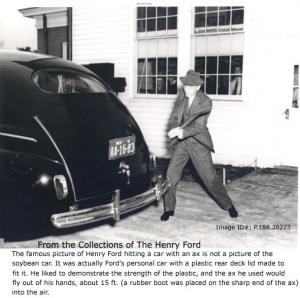
Hemp Prohibition
As you can see, it’s impossible to discuss the history of hemp without digressing into a nuanced exploration of marijuana and its kaleidoscopic side effects. And that requires a further explanation of hemp prohibition, which went into effect in the 1930s.
In 1937, the US government passed the Marihuana Tax Act, which effectively outlawed both hemp and marijuana in one decisive stroke. Reefer madness and other propaganda efforts of the early 20th century convinced lawmakers and the American public of the need to eradicate marijuana. So that was it for cannabis sativa.
But most historians agree that the elimination of an entire industry was no accident. When hemp farms and factories across the country all ceased to operate, it was a great boon to the lumber paper-making industry, the burgeoning petrochemical industry and king cotton.

Historical Significance
As far as the comparison between hemp and bamboo, they each have a long history that stretches back to prehistoric times. But hemp’s relationship with marijuana certainly makes it interesting. Depending on which side you’re on, this could count in hemp’s favor, or it may count against it.
In any case, it does underscore the need for clarification. The fact is that hemp and marijuana are easy enough to differentiate. Most industrial nations, throughout Asia and Europe, continued growing industrial hemp even while prohibiting marijuana. Regulators in those countries had no difficulty restricting industrial hemp to cannabis varieties with less than 1% THC (the primary psychoactive compound).
Furthermore, many of us feel that hemp deserves an extra boost simply to make up for nearly 80 years of prohibition. Hemp was already achieving marvelous things in the 1930s. If America had continued to cultivate, manufacture and innovate with cannabis hemp through the latter two-thirds of the 20th century, who knows what incredible products would be available today.

SUSTAINABILITY & ECOLOGY OF HEMP & BAMBOO
The long history of these plants and their remarkably widespread use have everything to do with the way they grow. Hemp and bamboo both grow easily and prolifically. Unlike felling trees for lumber, utilizing these plants does not result in deforestation. In fact, greater reliance on hemp and bamboo can save trees and forests.
Also, as an alternative to cotton, hemp and bamboo both grow very easily without pesticides and herbicides. Cotton is one of the most chemical-intensive crops cultivated by man. When grown in monoculture, cotton becomes very susceptible to pests and disease.
But let’s not paint with too broad a brush. It’s important to remember that there are thousands of varieties of bamboo, and that dozens of countries are growing bamboo under all sorts of conditions. Similarly, hemp is cultivated and processed in many different ways. Also, organic cotton continues to grow in popularity. But even the term “organic” can mean a lot of different things when it comes to commercial agriculture.
Overall though, hemp and bamboo are both very fast-growing and resistant to pests. Hemp is an annual crop. That means it is planted early in the year, harvested late in the year and replanted the following year. In most cases farmers will rotate hemp with things like beans, wheat, or alfalfa, to keep the soil healthy.
Replanting hemp in the same field for more than three of four consecutive seasons can make the crop susceptible to pests and disease. Otherwise, the plant is very resilient. For this reason, hemp can easily grow without toxic pesticides or herbicides. In fact, it grows like a weed. Most crops will get taller than a house by the end of the growing season.
While hemp may be considered a weed, bamboo is actually a perennial grass. This means you don’t have to replant it. In most cases, gardeners have the opposite problem. Bamboo’s rhizome roots spread so quickly that it can be difficult to contain. But after harvesting bamboo, it grows right back. Like the grass that might grow in your front yard, it comes back stronger and healthier after a good trimming.
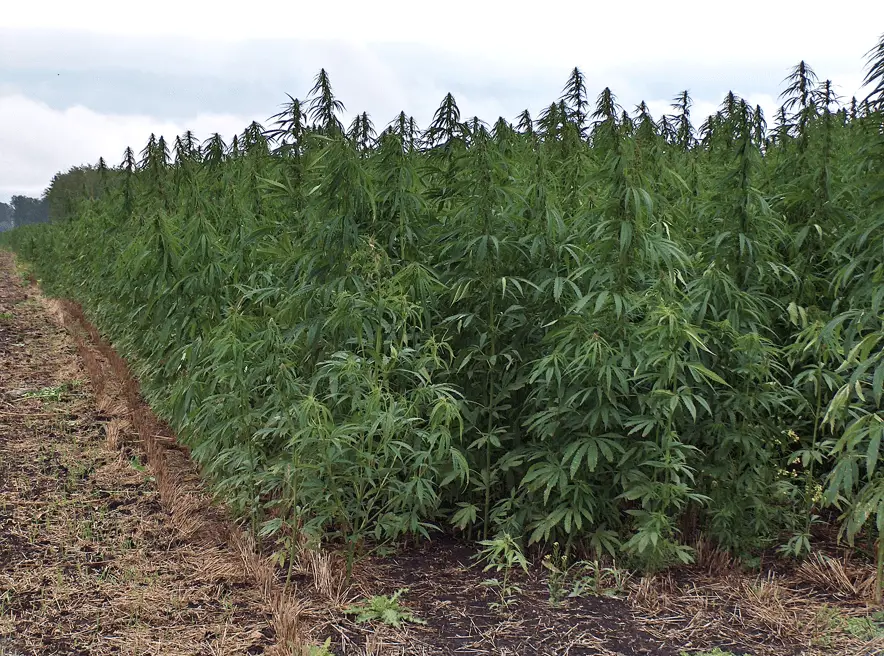
Also, bamboo naturally grows this way, in huge swaths. In other words, a natural bamboo forest will look almost identical to a cultivated bamboo farm. The bamboo grows thick, crowding out other weeds and plants, and its fallen leaves are enough to nourish the soil.
So, like hemp, bamboo grows big and strong, without the need for fertilizers, herbicides or pesticides. In fact, bamboos are among the fastest-growing plants on earth. It’s common for commercial varieties to grow a foot a day in the growing season. And tropical varieties, in ideal conditions, can grow 2 or 3 times that much. Only certain types of seaweed grow faster.
So in terms of renewability and sustainability, I’d say it’s a draw. Both plants grow voraciously without the need for heavy spraying. And both crops can recapture sizable amounts of carbon, critical in the battle against climate change. Hemp has the advantage of rotating nicely with other food crops. While bamboo—if managed responsibly—can be harvested from natural forests in the wild, with minimal disruption to the habitat.

VERSATILITY OF HEMP & BAMBOO
Even those who don’t fully appreciate the sustainability and renewability are pretty amazed when they set foot in a shop filled almost entirely with products made from a single plant. Whether it’s a hemp store or a bamboo store, you can find everything from socks and underwear to furniture, toiletries, housewares and paper products.
I can’t think of many plants that can serve as the primary material for a whole department store. But I’ve done it twice, once with hemp and once with bamboo. If there’s another crop that can rival these two for versatility, I’d sure like to know about it.
Natural Fiber Clothing
For many, the most surprising and impressive use of hemp and bamboo is for fabric and textiles. But in fact, people have been spinning and weaving with hemp fibers for thousands of years. For centuries, hemp provided the ropes and riggings for all the major sailor fleets around the world.
Prior to the invention of the cotton gin, hemp and linen were the two most widespread textile crops. The first American flags were hemp, and our Founding Fathers famously grew hemp.
The advantages have always been the same. Hemp grows very easily, and it requires only the simplest machinery for processing. Containing some of nature’s longest and strongest fibers, hemp makes the sturdiest rope and some of the most durable fabric. For a heavy-duty canvas or denim, hemp is ideal. But it can also be woven into something softer, or blended with cotton for a lighter hand.
The use of bamboo is equally ancient. But bamboo fabrics are actually a very recent development, from the last couple of decades. And when it first appeared, natural fiber enthusiasts were just blown away. Having grown accustomed to the somewhat rough feel of hemp fabric, the sumptuous softness of bamboo came as a sheer delight.
Indeed, the comfort of bamboo socks, underwear and t-shirts well surpasses those made from hemp. And the drape of a bamboo sundress or nightgown is something heavenly. And then, for real luxury, the bamboo towels and bedsheets are just unbeatable.
There’s a reason, however, that bamboo fabric came so late on the scene. There is a processing stage to extrude the cellulose out of bamboo and reconstitute it into thread. This viscose extraction relies mainly on caustic soda, which is basically lye. And while it’s far from the worst of industrial bi-products, its use and disposal are something of a concern.
I’m convinced that compared to cotton, the sustainability of farming bamboo still makes it a superior resource, despite the viscose process. And even organic cotton goes through a processing stage. But compared to hemp, I’m not so sure.
Alternatively, there is a lyocell process that is being used more commonly. This method relies primarily on amine oxides to pulp the woody raw material and extract the cellulose. The key ingredient is called M-Methylmorpholine N-oxide (NMMO), which sounds a bit frightening, but it’s actually an organic compound and safer than caustic soda. In this process, about 98 percent of the amine oxide is recaptured and reused. Ultimately, the lyocell method offers a more eco-friendly but slightly more expensive option.
In the end, it’s hemp for durability (jeans, backpacks, rope and twine) and bamboo for softness (undergarments, t-shirts, towels and bedsheets). After all, as much as we admire the versatility, we aren’t looking for a single plant to do everything.
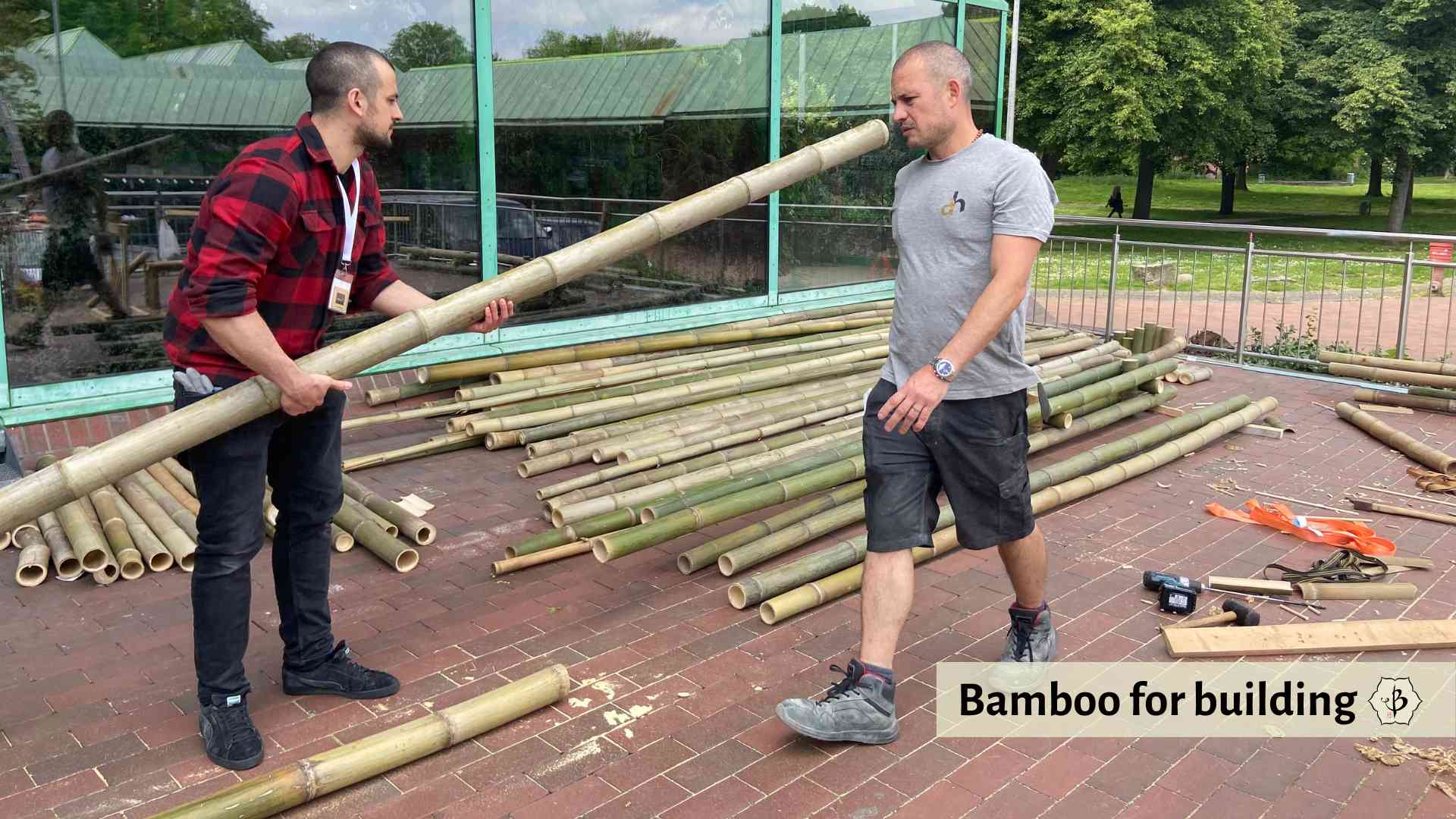
Bamboo Building Materials
As a building material, I won’t hesitate to recommend bamboo. Hard, flexible and hollow, bamboo poles are incredibly easy to work with. I’ve made my own stools and picture frames. And with some basic carpentry skills, you can produce all manner of furniture and accent pieces.
Today there is almost no limit to what can be built from bamboo. The flooring is everywhere, but bamboo houses and bicycles are catching on fast.
Still, let’s not ignore hemp as a building material. In 1941, Henry Ford built a car from hemp plastic, stronger than steel. Hemp ethanol also fueled the car. It wasn’t long after this that industrial hemp basically disappeared. Another victory for big oil and US steel.
I’m not sure how they measure up against bamboo, but keep an eye out for hemp houses. And after all, the greenest construction should incorporate as many different sustainable materials as possible.

Nutritional Properties of Hemp
Bamboo shoots are a delicious treat that people have been enjoying for millennia. Young and tender, they are also loaded with protein, minerals and fiber. But still, they are no match for the precious oil inside a hemp seed.
Not to be confused with CBD oil, hash oil, or other psychoactive cannabis oil products, hemp seed oil has some incredible nutritional properties. Naturally rich in minerals and antioxidants, hempseed oil also contains an ideal balance of omega-3 and omega-6 fatty acids. This makes the oil an excellent supplement for better skin and a healthier heart.
You can find all manner of natural skin care products, including soaps, shampoos and lotions made with a hempseed oil base. They’re wonderful for nourishing and moisturizing the skin.
Hemp nut has also been gaining popularity in health food stores. These are hemp seeds with the hard shell removed. Roasted hemp seeds are still tasty with a little salt or seasoning, especially if you like something crunchy. But the high protein (approximately 25 percent by weight) meat from inside the hull is much softer and easier to enjoy once the shell is removed. Try it as a delicious additive on salads or in your granola.
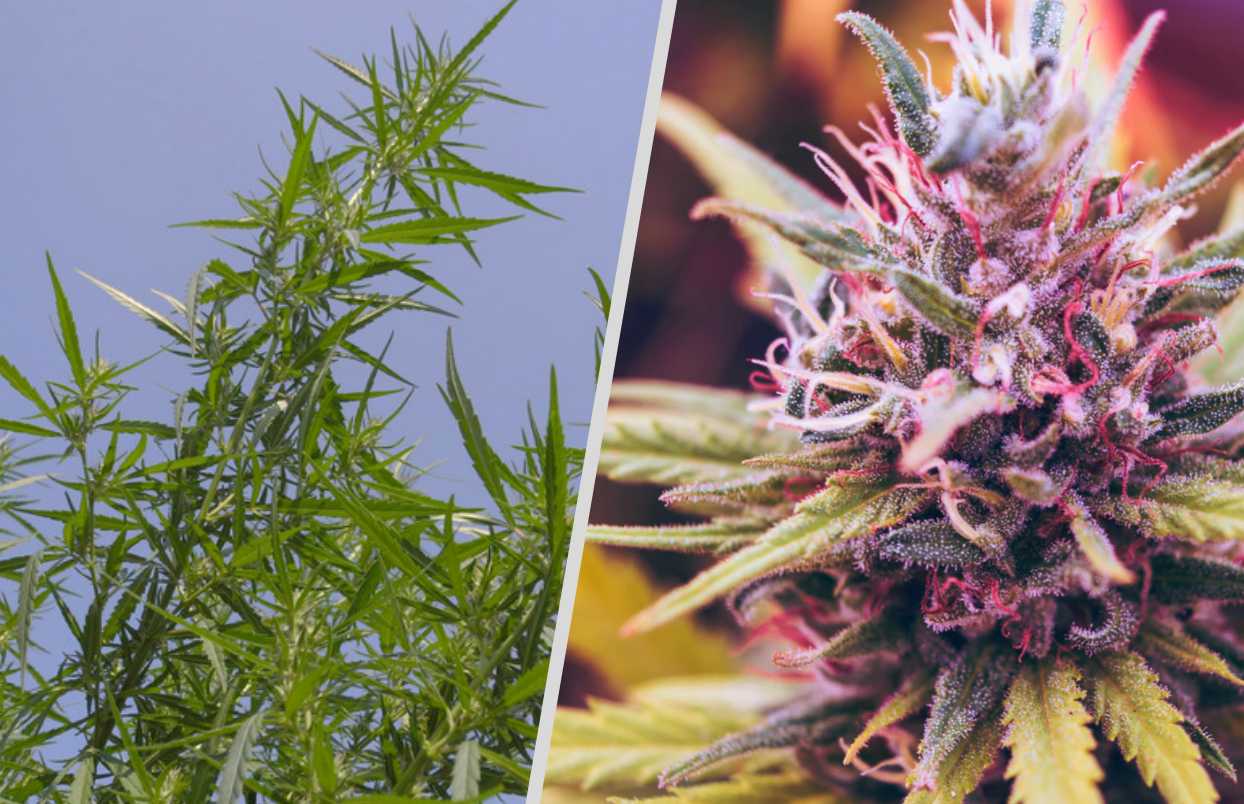
Magical Properties
The fact that cannabis sativa is the source of both industrial hemp and psychoactive marijuana makes it something of a magical plant. Even as we focus on the plant’s properties as a natural resource, it’s impossible to overlook its therapeutic qualities.
And it’s difficult to say which property was discovered first. I’m sure that botanists and anthropologists stay up late at night quibbling over this question, long after the well-worn Allman Brothers LP has begun skipping on the turntable.
But seriously, there’s always been and there always will be a tremendous demand for anything that can provide the kind of effects produced by THC, alcohol and other mind-altering substances.
The same cannot be said of bamboo. But it’s clear that this plant holds a unique and magical place in Asian culture. Because of its remarkable abundance and usefulness in providing food, tools and shelter, bamboo appears constantly in artwork and folklore.
Just try to imagine an Oriental landscape brushwork without a dash of bamboo in the background, or the foreground. It’s unthinkable. And you can be equally sure that the artist was painting with a bamboo brush.
What I find truly enchanting, however, is bamboo’s role in Eastern mythology. It seems that every Asian culture has its own story about the part that bamboo played in the creation of the world or the birth of mankind. There’s something endearing about the idea that the first man and woman sprung from the hollow space inside a bamboo pole.
Furthermore, bamboo’s characteristics of resilience, flexibility and emptiness conform nicely to the virtues of Eastern philosophy. It is important to be strong but not rigid. One must be able to bend in the breeze without breaking. And it’s essential to keep the ego in check while connecting with the empty void inside.
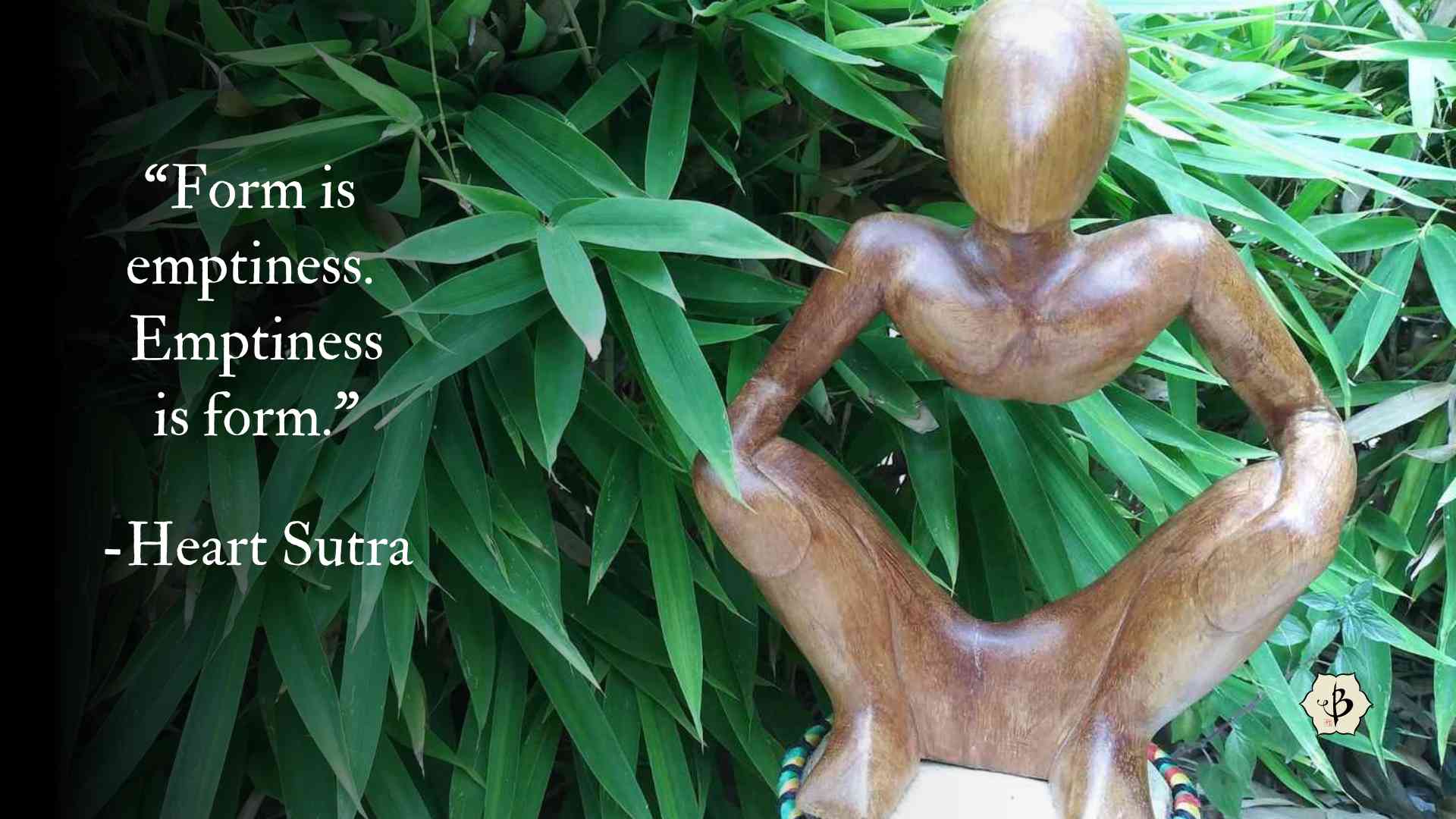
Conclusions
As eager as we may be to compare one plant to another and select a clear winner, the process just isn’t that simple. The fact is, hemp and bamboo both have tremendous benefits and advantages as natural resources. And if we compare them to the leading competitors—namely cotton, lumber and petroleum—they both come out way ahead.
But if we are looking for one wonder plant and panacea that can do it all, then we’re still stuck in the wrong kind of thinking. And what we need, more than anything, is a new kind of thinking. Hemp and bamboo are both fantastic alternatives, and we should be using them more and more. But equally important to what we use, is how we use it.
If we go cutting down tropical rainforests to set up giant bamboo plantations, then we’ve learned nothing. If you buy a new pair of hemp pants every week and stuff them in your closet with a hundred other outfits you never wear, then you’re not helping.
Sustainability is more than something you can point to in a certain crop or a single product. Sustainability is a way of thinking, living, and prioritizing. It means taking care of yourself, in order to help your community, in order to improve the earth. Just think about it, and make responsible choices.
If you have a local farm with seasonal produce and respectable farming practices, support it whenever possible. If you can avoid shopping at Walmart or buying palm oil, then by all means, do so. Or if you can patch a hole and make a pair of pants last another year, do it.
And if you have to choose between ordering a bamboo product on Amazon or a hemp product from a local mom-and-pop, or vice versa, just think about it. In the end, those decisions will make more difference than whether you can get this many tons of fiber from so many hectares of land.
Further reading
To learn more about the multifaceted world of alternative resources and natural fibers, check out some of our other articles.
- The Benefits of Bamboo
- Oeko-Tex and organic textile certification
- Bamboo symbolism in legends and folklore
- Q & A: 12 Common questions about bamboo
- Sustainable Ag and the trouble with monoculture


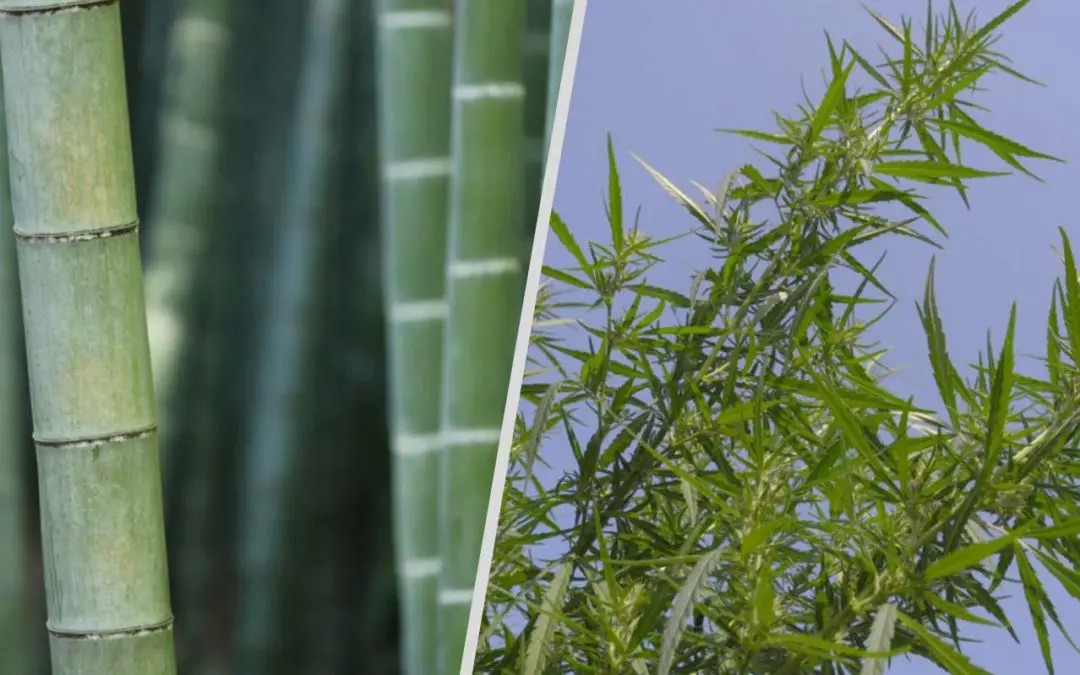
























No, it doesn’t really make sense to do cost comparisons because you can’t really make apples to apples to comparisons. Bamboo is preferable for certain products and applications, like sheets, towels, socks and underwear, for example. Hemp is more ideal for jeans, backpacks, and jackets. And the pricing has as much to do with labor conditions as the base material. Very generally speaking, an ethically made product of hemp or bamboo will always cost more than a mass produced product of conventional cotton or polyester.
I have always loved bamboo in all it’s uses, as well as woven products in hemp. But now there are more choices using hemp to produce more luxurious knits that move well. These are both great choices to increase our uses of sustainable materials and I for one am excited about that.
SUPER enjoyed this comparison . luv them both . i live in Hawaii and don’t understand why they don’t grow more and use what they have now for economic reasons. Easy on the land ..
What about the water used for irrigation of each crop? From my initial research, hemp requires nearly twice the amount of water as cotton. Any thoughts on this pertaining to the sustainability of these crops?
The research I’ve seen indicates that cotton needs about 50% more water than hemp. Much of the world’s cotton is also grown in some very dry areas of India and Egypt, where the need for irrigation is especially intense. Everything I’ve read says that cotton requires far more water than bamboo; the numbers vary, but at least 3 times as much. Bamboo does need regular water, but its shallow roots do not need deep watering. Also, most commercial bamboo is cultivated in wet regions of Asia where it grows natively, and in Florida where there is plenty of precipitation.
I’m surprised that this article doesn’t mention the lyocell process for making usable fiber from bamboo. This process is much more environmentally safe than viscose.
Yes, Ken, thanks for pointing that out. I’ve added a paragraph to clarify the difference between the lyocell method and the traditional viscose process.
Is it true that bamboo fabrics are not as durable as hemp?
That’s a pretty sweeping generalization, as there are a great number of factors that can affect the durability of a garment. But yes, hemp fibers and fabrics are famously strong, so it’s ideal for heavy duty textiles like canvas, denim, jeans, shoes, backpacks and jackets. Bamboo lends itself better to light-weight garments like socks, t-shirts, pajamas and underwear. However, if you have two t-shirts of equal weight, one hemp and one bamboo, they are going to be pretty similar in terms of durability. My bamboo t-shirts have held up remarkably well.
Do you have any information on bamboo paper vs hemp paper, in terms of production? So how many acre is required to produce 1 kg of paper, energy, water usage etc. Is it the same for both materials or is one of them more sustainable?
I ran across this article discussing the need to develop pesticides regulated for use with hemp before growers would be willing to invest in it. From what you’ve written, this would be unnecessary. Perhaps the article is coming from a mindset of, “of course we will need pesticides.”
Yes, Katie, I think you really summed up the attitude of conventional agriculture. Hemp can grow without pesticides, but farmers can spray if they are habituated to do so. You can think of pesticides like a short cut. Often there will be more work and special attention required to farm without pesticides, but the rewards come in the form of healthier soil and a cleaner environment.
Hi, I noticed you came to the conclusion that hemp and bamboo have similar qualities as far as sustainability. However, I have heard that hemp fabric is far more sustainable than bamboo fabric. I have heard that bamboo is actually quite harmful to the environment and the workers that produce the fabric because of the harsh chemicals that are used. Can you speak to this?
The article addresses both the viscose and lyocell processing of bamboo fabric. My understanding is that they are moving more and more towards the safer lyocell process which recaptures 98% of the solvents. Hemp and organic cotton fabrics are probably overall more eco-friendly than bamboo due to the processing, but I’m convinced that bamboo is a superior eco-alternative to conventional cotton. And when bamboo and organic cotton are blended together, the resulting fabric is quite amazing.
The uses for cannabis is much more limited than people seem to believe and hope for. The medicinal properties are potent, and there are promises for the byproducts in cannabinoid production (e.g. wax for candles, resins for binders). However, hemp does not have any practical application toward sustainable construction or textiles. Hempcrete requires limestone, so until there is an alternative it cannot truly be eco-friendly. Hemp textile processing is unreasonably expensive when compared to animal fleece and cotton. Hemp paper shares equally valid criticism.
Bamboo is the hands down winner. Sturdy beams and workable pulp. Glad i can use your site to deep dive into another plant!
Hi Sean, Thanks for your comment. We appreciate your enthusiasm. But I wouldn’t be so quick to write off hemp as a viable option, especially on ag land that’s been depleted and is less suitable for more nutrient demanding crops. Just check out HempFlax, one of the leading hemp producers in Europe.